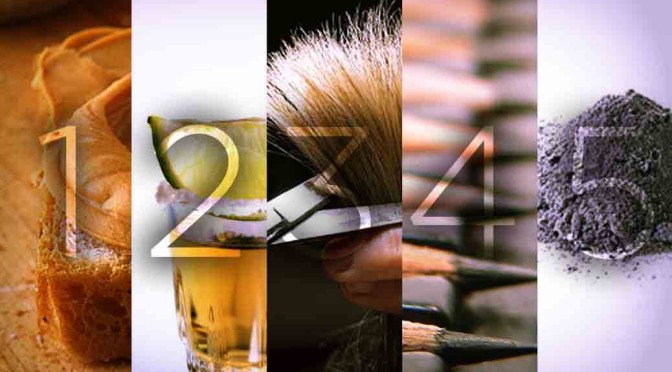By Anupum Pant
Robert Zajonc, a Polish-born American social psychologist proposed an activation Theory for social facilitation. Sounds tough, but read on. His first theory, in simple words, tried to explain the way our performance at some tasks increases in the presence of others, while the performance at some other tasks decreases.
According to him, the presence of other individuals around you serves as a source of “arousal” and affects performance (in good ways some times and bad ways the other times).
When this happens, he said, humans tend to do well at tasks which they are inherently good at, or tasks which they’ve practised well, or easy tasks which involve very little conscious cognitive effort. While the performance at other complex tasks, which aren’t well-learned is affected negatively, when there are other people watching you.
More interestingly, he also pointed that this change in performance isn’t only seen among humans. An experiment that involved several cockroaches effectively proved this.
In two different cases, a cockroach was put in an easy maze to run around and find an exit. The first case had just the one cockroach running around in the maze. It did fine. But in the second case when there were other cockroaches watching the cockroach who was running in the maze, it ran faster. A clear increase in performance was noted in this easy maze.
Interestingly, when the difficulty of this maze was increased (it was a complex task now), as Robert had predicted, the cockroach’s performance decreased when other cockroaches were watching.
